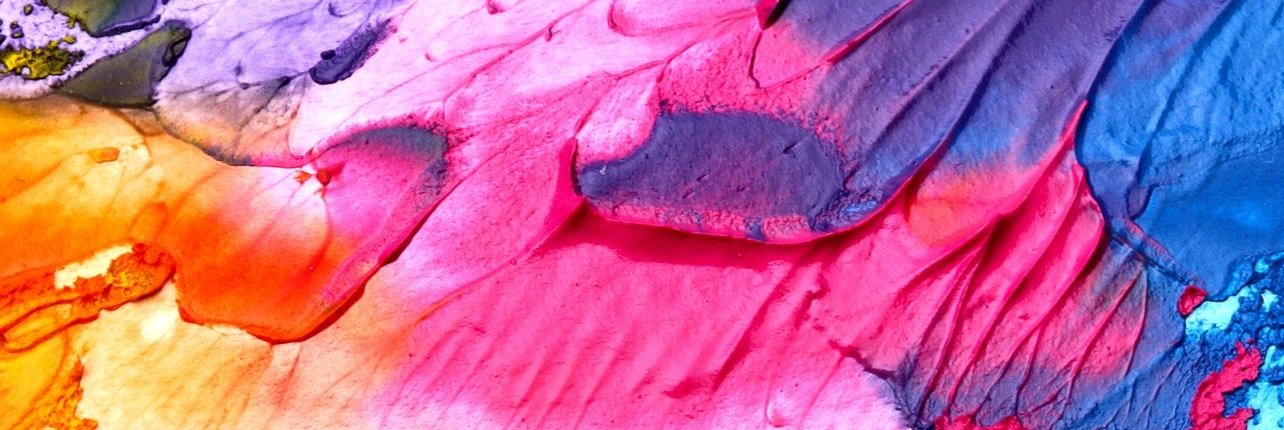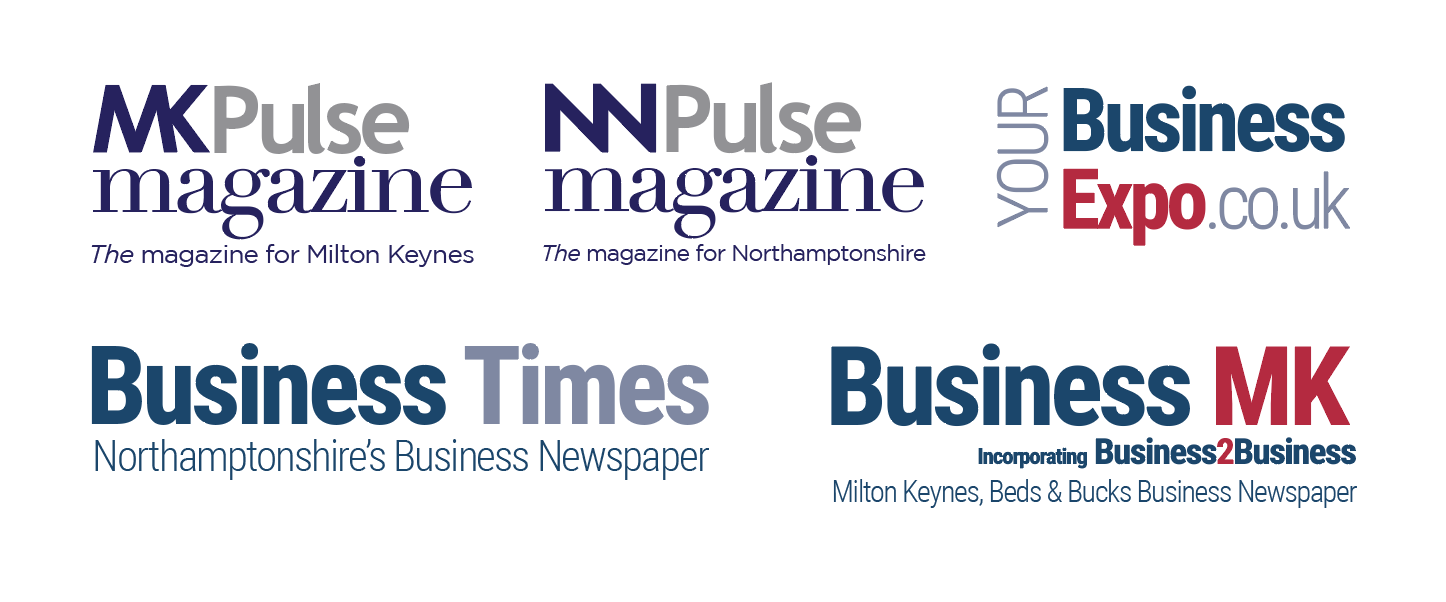Colour Choices For Your Advertising
Posted on 14th January 2020
Colours are probably the first thing your readers will notice in your advertisements, even before your carefully chosen words. They can influence your customers’ feelings about your products or services and suggest attractive attitudes and moods.
What’s more, once you have chosen your main colour, there’s a whole science called colour theory that explains other colours that will complement it.
It’s said that Google tested over 40 shades of blue before making a choice back in 2009 and still makes colour choices based on user preferences today.
Why do colours attract attention?
Colours have all sorts of associations for your customers. Red, for example, can make people think about everything from fire engines to Santa Claus. This gives your advertisement an added boost.
Emotional responses to colour
Choosing the right colours will make an emotional connection.
Red is bold – think of Ferrari, Coca Cola and You Tube. If you’re business leads the way, then a dash of red could be just what you need.
Orange is friendly and cheerful and suggests confidence so it was a good choice for Sainsbury’s and will suit businesses that are all about engagement with their customers
Brands like McDonald's chose yellow because it’s associated with feelings of warmth and optimism. If you’re running a sports club or nursery it would be a good choice for you.
Green is for outdoors and nature. Take John Deere, the tractor people, for example. However, it can also be associated with envy, so it needs to be used with care.
Blue suggests serenity and could be ideal for a spa or meditation class. It’s a good colour choice for products and services that are all about clarity and cleanliness.
Purple is popular for businesses that are involved in creativity and imagination and where customers need to have confidence in your experience and wisdom, so professional practices and business coaches could find their home in the purple palette.
What about black and white?
Black and white are colours too. Chanel, famous for the little black dress, has a black logo that suggests quality and sophistication. White can be used to represent purity and new beginnings, so it could be a good choice for baby clothes or care products.
While you have a complete choice of colours for your print advertisements, research has shown that black-and-white images cause people to focus on more abstract ideas about a product or service, so this could be a good choice for an advertisement that wants to challenge stereotypes.
Some brands use black and white along with one another colour to make them stand out, like Netflix, for example.
Here’s another good tip for every business – make sure your brand works in black and white, as well as your chosen colours. There are always times when a one-colour logo is needed so it’s good to check in advance.
Your choice of colour
People understand information more quickly when colours are used to guide them through your advertisement. You can use emotional responses to different colours to build your reputation. You can also use colours to highlight the most important parts of our advertisement, like a call to action, for example.
We have great design talent at Pulse magazine, so just give us a call if you would like to know more about how to use colour to give your advertising a boost.
Share this post:






